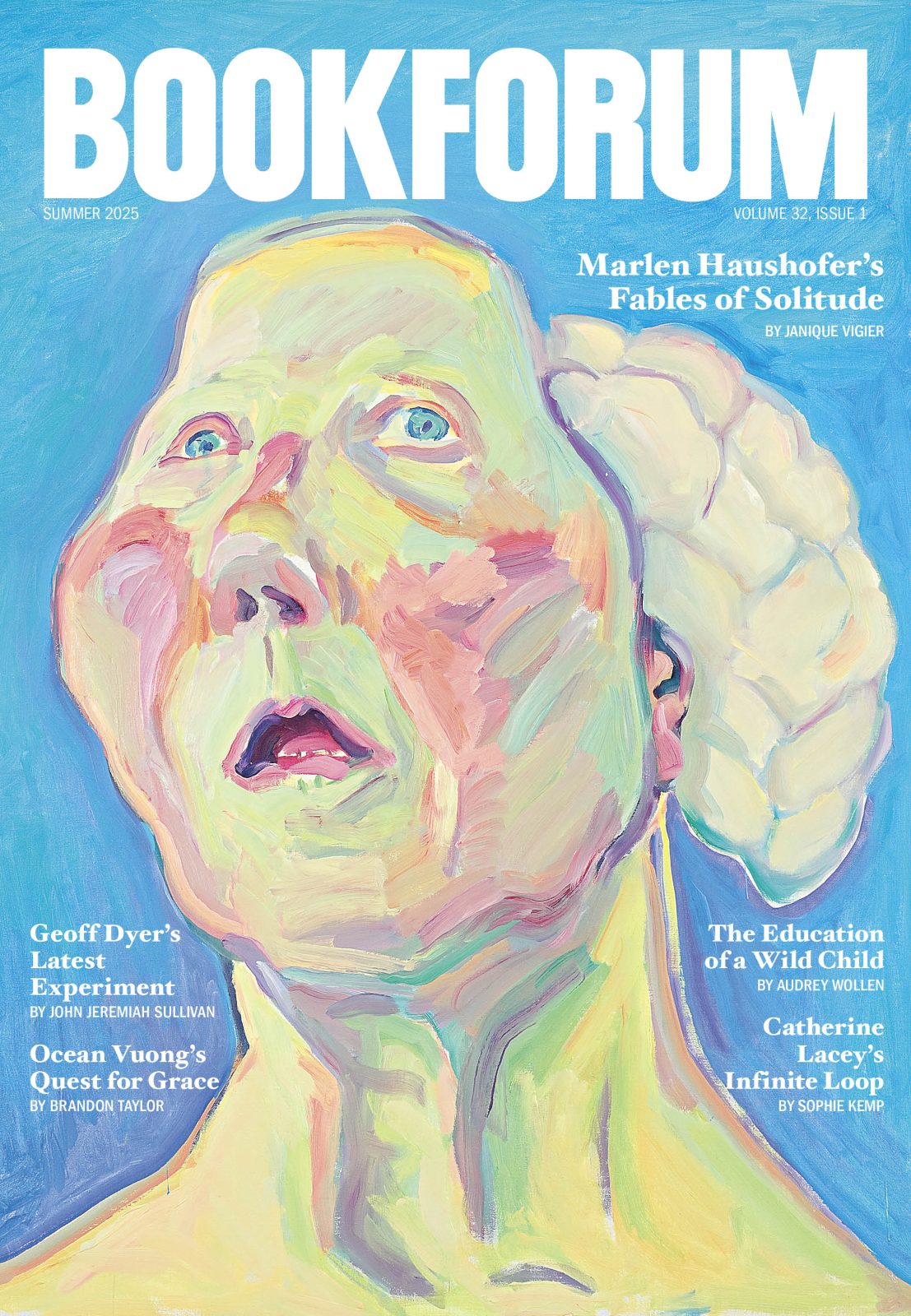
THE VISIONARY PAINTER, SCULPTOR, AND INVENTOR JACK WHITTEN (1939–2018) moved to New York City from Alabama in 1960. He later explained that, as a Black civil rights activist in Jim Crow country, staying put was not an option: “I knew that if I stayed in the South, somebody was gonna kill me or I was gonna kill somebody.” He enrolled at the Cooper Union—his first time in an integrated classroom—and spent his evenings in jazz clubs like Birdland, the Five Spot, the Village Vanguard, and Slugs’ Saloon. Moved by the drama and scale of Abstract Expressionism, he started hanging out at the Cedar Tavern, quizzing artists like Willem de Kooning; he was also mentored early on by eminent Black artists Romare Bearden, Norman Lewis, and Jacob Lawrence, among others. By 1967, rioting, police brutality, and demonstrations over the war in Vietnam spiraled into what historians now call “the long hot summer”—or “high times, hard times” as a 2006 exhibition about New York painting of the period named it. One of Whitten’s turbulent works from 1967, NY Battle Ground, catalyzes these oppositions—state oppression and joyous revolt, brutalities and breakthroughs—into art that’s shockingly new. Fiery, bloody, bruising colors and kinetic composition. A volcano of rage and sorrow. Violence. Whitten said of the painting: “I’m doing political-inspired paintings. I’m doing savagery. . . . In the air are like helicopters you’ll see in Vietnam. Horrible, horrible nightmares.” The painting’s thin black border, reminiscent of a 1960s television frame, suggests that we may be watching the nightmare on a screen, cold to the touch; the fever dream still burns sixty years later. As Whitten said during the first year of Trump 1.0: “We as people have to say, point blank, what kind of fucking world we want.”
At the Museum of Modern Art in New York’s grand retrospective of Whitten’s six-decade career, NY Battle Ground shares a room with Homage to Malcolm, a 1965 sculpture of found materials, including American elm and metal wire, that Whitten made a few months after Malcolm X’s assassination. These two early works alone suggest a rangy artist at the peak of his powers. But in 1967 Whitten was only getting started. From 1970 to the 2010s, Whitten seemed to invent a new style of painting every few years, designing his own tools—like a twelve-foot squeegee called “The Developer”—and improvising with materials and process, continually recalibrating how much to play the paint and how much to let the paint play itself. “I like to think of my studio as a laboratory,” he once said. His experiments included Coltrane-influenced “planes of light” (a corollary to the saxophonist’s “sheets of sounds”) made by blurring and scraping acrylic paint across supine canvases, cool Xerox-toner works from a residency at the copier corps, “skins” of paint made from casts of city objects like manhole covers and grates, mosaics and collages created by slicing acrylic paint in shards or strands or bottle cap blobs—colorful, unnameable, beautiful, true. I’m not sure how any critic or any viewer is supposed to keep their composure. The catalogue itself is a monumentally impressive piece of scholarship and taste, a stunning group effort that brings together too many luminaries to name, led by MoMA curator and publisher Michelle Kuo. This book, this show, is the kind of world I want.
